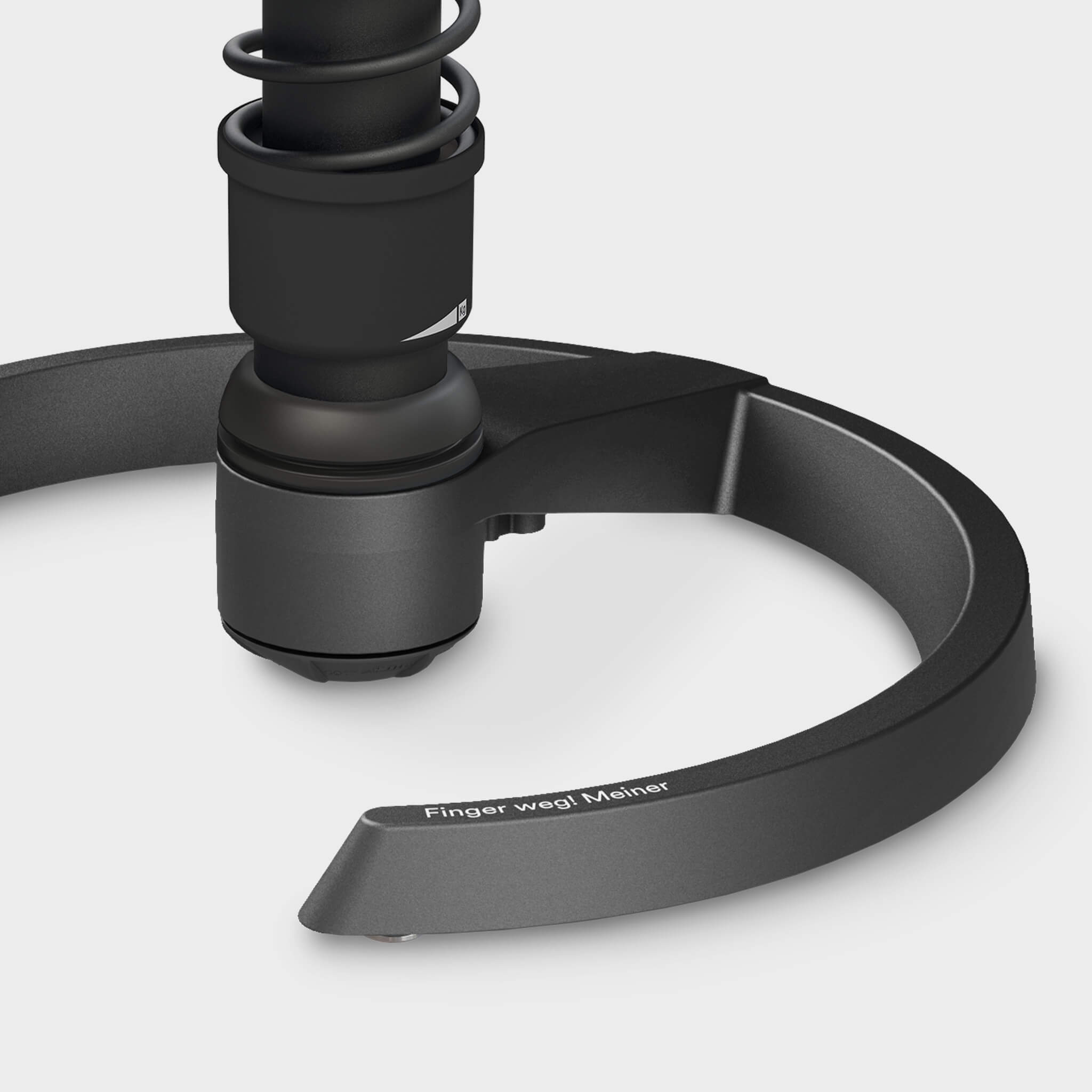At our Aeris event ‘Future of Work’ as part of Munich Business Week 2024, we were able to be part of an exciting panel discussion with our speakers Benjamin Rolff, expert for healthy leadership, as well as architect Martina Rahmfeld and interior designer Natascha Ninic. On this evening, the panellists took an in-depth look at the topic of New Work and the role of the office.
For all those who were unfortunately unable to attend our event or who would like to delve deeper into the topic of New Work: In his interview podcast ‘Leading Well’, Benjamin Rolff talks to people who are committed to a healthy and sustainable working world. He has now brought the two experts Martina Rahmfeld and Natascha Ninic back to the microphone to revisit and deepen the topics of the panel discussion. In the latest episode (#120) from 3 July 2024, the future of work, but above all the future of the office in the concept of ‘New Work’, is discussed again in detail and the question of human-centric working environments is taken up again.
Listen to the podcast here:
The world of work has changed drastically in recent years. The coronavirus pandemic in particular has led to the establishment of home offices and hybrid working. But what does the future of the office look like and what role does it play in a modern, people-centred working environment? These and other questions were discussed in Benjamin Rolff's podcast ‘Leading Well’ with architect Martina Rahmfeld and entrepreneur and interior designer Natascha Ninic.
The importance of the office for managers and employees
Since the coronavirus pandemic and the associated switch to working from home, the concept of New Work in the sense of flexible and hybrid working models has become much more important. Many companies are now calling for their employees to return to the office in the hope of better results and more effective collaboration. However, without valid reasons, the ‘back to office’ mentality on the part of the employer is often perceived by many employees as control, which further reduces the attractiveness of the office.
The role of the office in the New Work concept: More than just a workplace
The main aim is to create a sense and understanding of the added value that the office can offer. This includes, for example, direct dialogue with colleagues as well as work locations and areas that cannot be mapped as such in the home office. In terms of design, ergonomic office equipment, for example, can also offer precisely this added value, so that employees perceive the office as an attractive place to work again and may prefer it to working from home.

New Work should strengthen people
According to Martina Rahmfeld, New Work should essentially be ‘work that empowers people’. As a concrete factor, the office can help to create an attractive working environment and strengthen the corporate culture. The design begins with the definition of specific corporate values and goals and the search for suitable employees who can identify with these values. By investing in ergonomic office furniture, a working environment is created for employees in which their health and needs are prioritised. Healthy and happy employees are more motivated and can identify more strongly with the company, which ultimately leads to greater employee loyalty and a positive corporate culture. A healthy and happy employee is a productive employee. Even with ergonomic office solutions from Aeris, whether in the office or in the home office, the body remains in motion, creativity at full speed and motivation unabated.
The 5 different work types
According to Natascha Ninic, it is important to find out the different types of work in a team and recognise which working environments they need in order to work optimally. This may result in individualised workspaces. There is simply no such thing as ‘one fits all’. Here are the five work types:
- The silent fox - Working style: focussed and analytical, prefers a quiet working environment
- The team bee - Working style: collaborative, preferably open workspaces
- The travelling bunny - Working style: mobile
- The singing bird - Working style: communicative, requires appropriate technology
- The chameleon - Adapts to different working environments
The future of work: an outlook
The design of the future world of work requires a rethink in the utilisation and conception of offices. Martina Rahmfeld and Natascha Ninic agree that offices will have to be more than just workplaces in the future. They must be flexible and adaptable to the needs of employees. Only then can they become places that not only enable productive work, but also promote culture and innovation. The right framework conditions and a clear vision are crucial to transforming offices into places of power that empower people and support the corporate culture.
Aeris not only designs the workplace, but also promotes health and well-being. Be it the ergonomic home office with the Aeris Active Office, the Aeris Swopper and the Aeris Muvmat or the perfectly furnished office workstation - Aeris keeps the body in motion, without any effort, but with maximum effect.
 An ergonomic home office literally allows you to work flexibly and on the move.
An ergonomic home office literally allows you to work flexibly and on the move.
